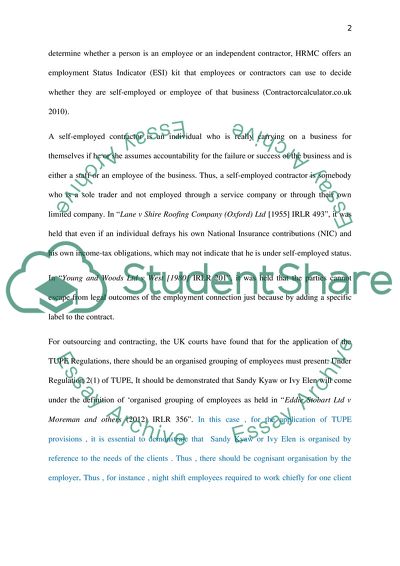Cite this document
(“Employment tribunal & employment appeal tribunal Case Study”, n.d.)
Employment tribunal & employment appeal tribunal Case Study. Retrieved from https://studentshare.org/law/1683264-employment-tribunal-employment-appeal-tribunal
Employment tribunal & employment appeal tribunal Case Study. Retrieved from https://studentshare.org/law/1683264-employment-tribunal-employment-appeal-tribunal
(Employment Tribunal & Employment Appeal Tribunal Case Study)
Employment Tribunal & Employment Appeal Tribunal Case Study. https://studentshare.org/law/1683264-employment-tribunal-employment-appeal-tribunal.
Employment Tribunal & Employment Appeal Tribunal Case Study. https://studentshare.org/law/1683264-employment-tribunal-employment-appeal-tribunal.
“Employment Tribunal & Employment Appeal Tribunal Case Study”, n.d. https://studentshare.org/law/1683264-employment-tribunal-employment-appeal-tribunal.


